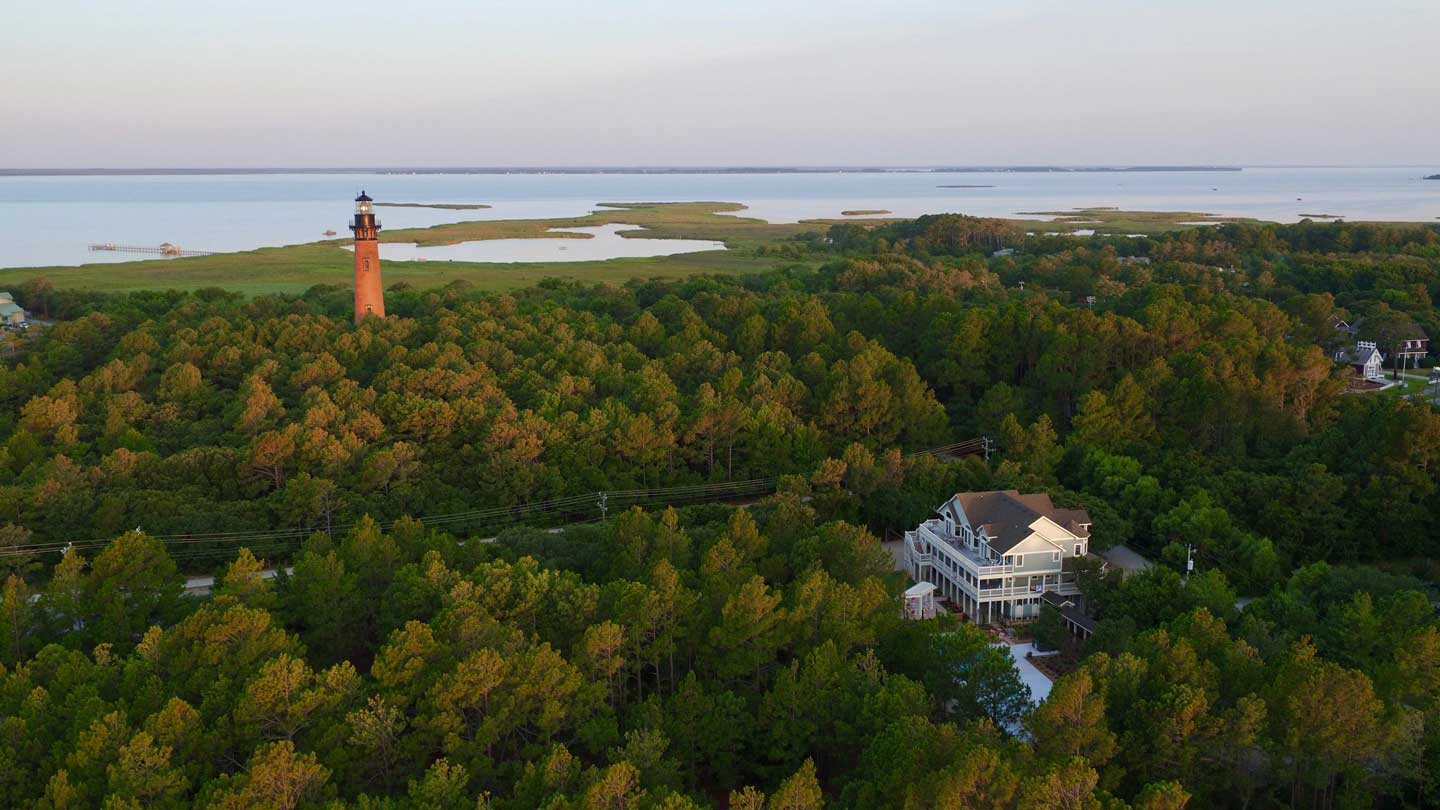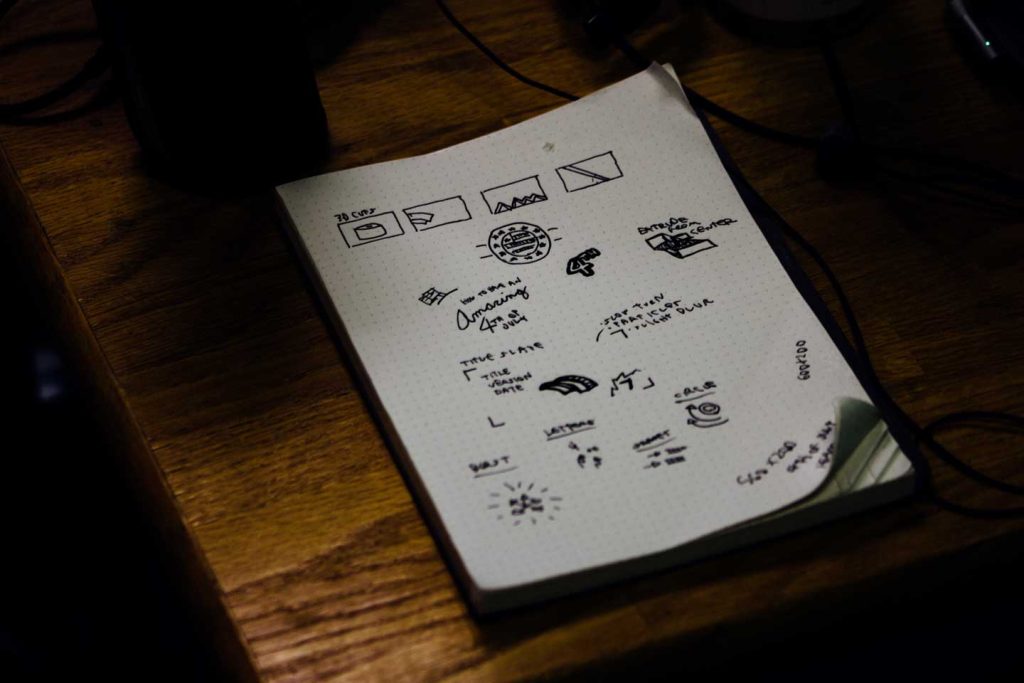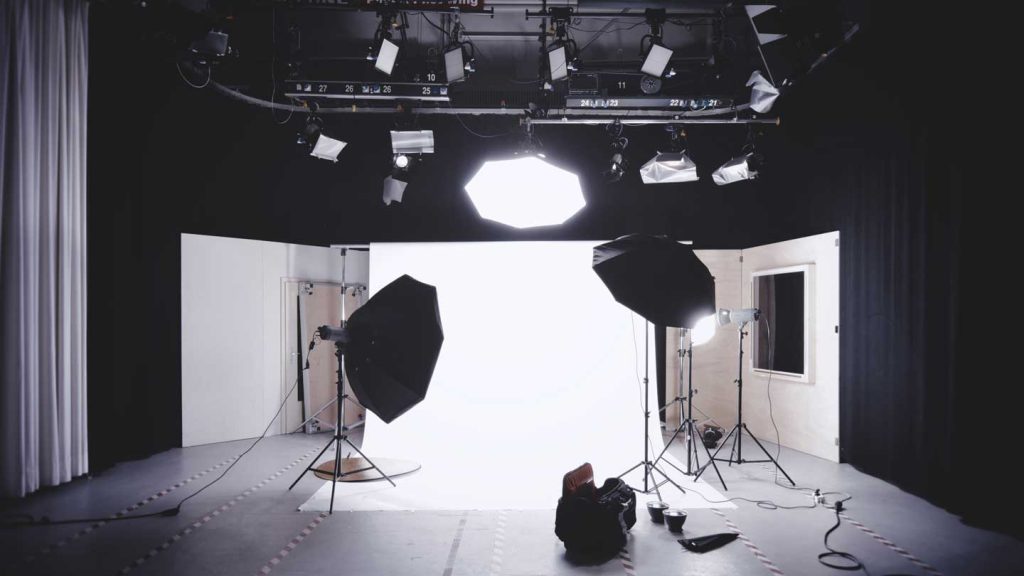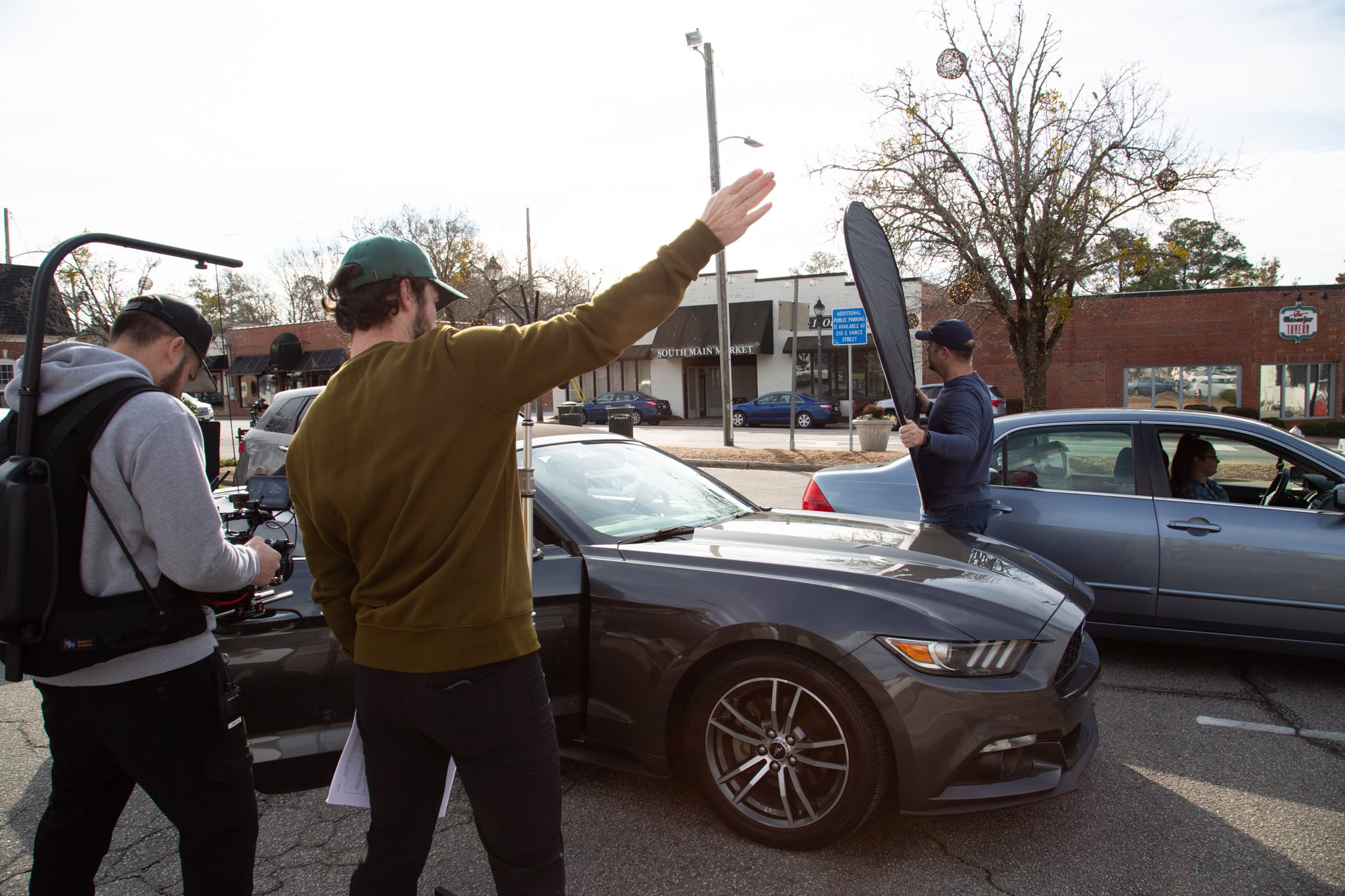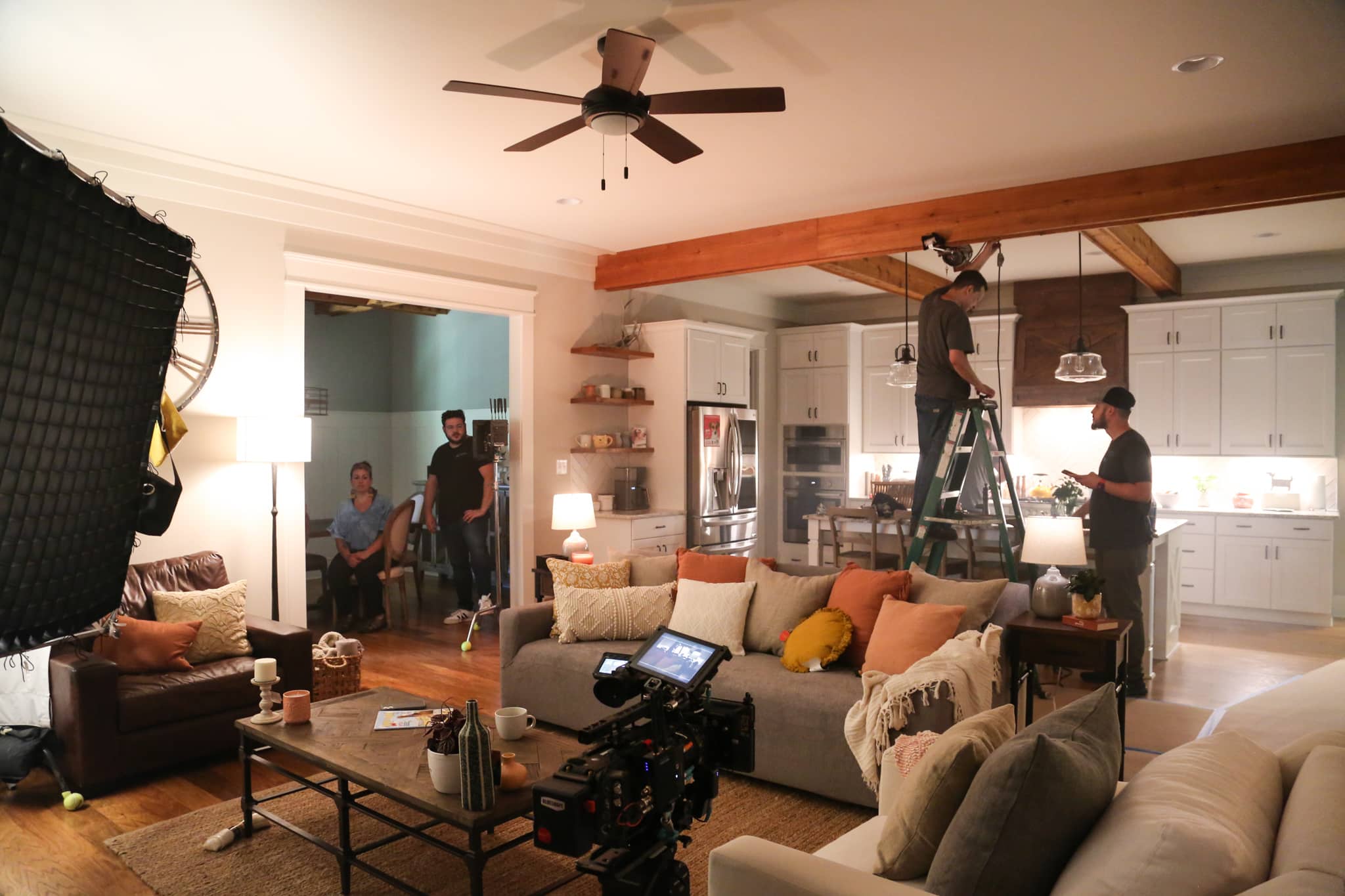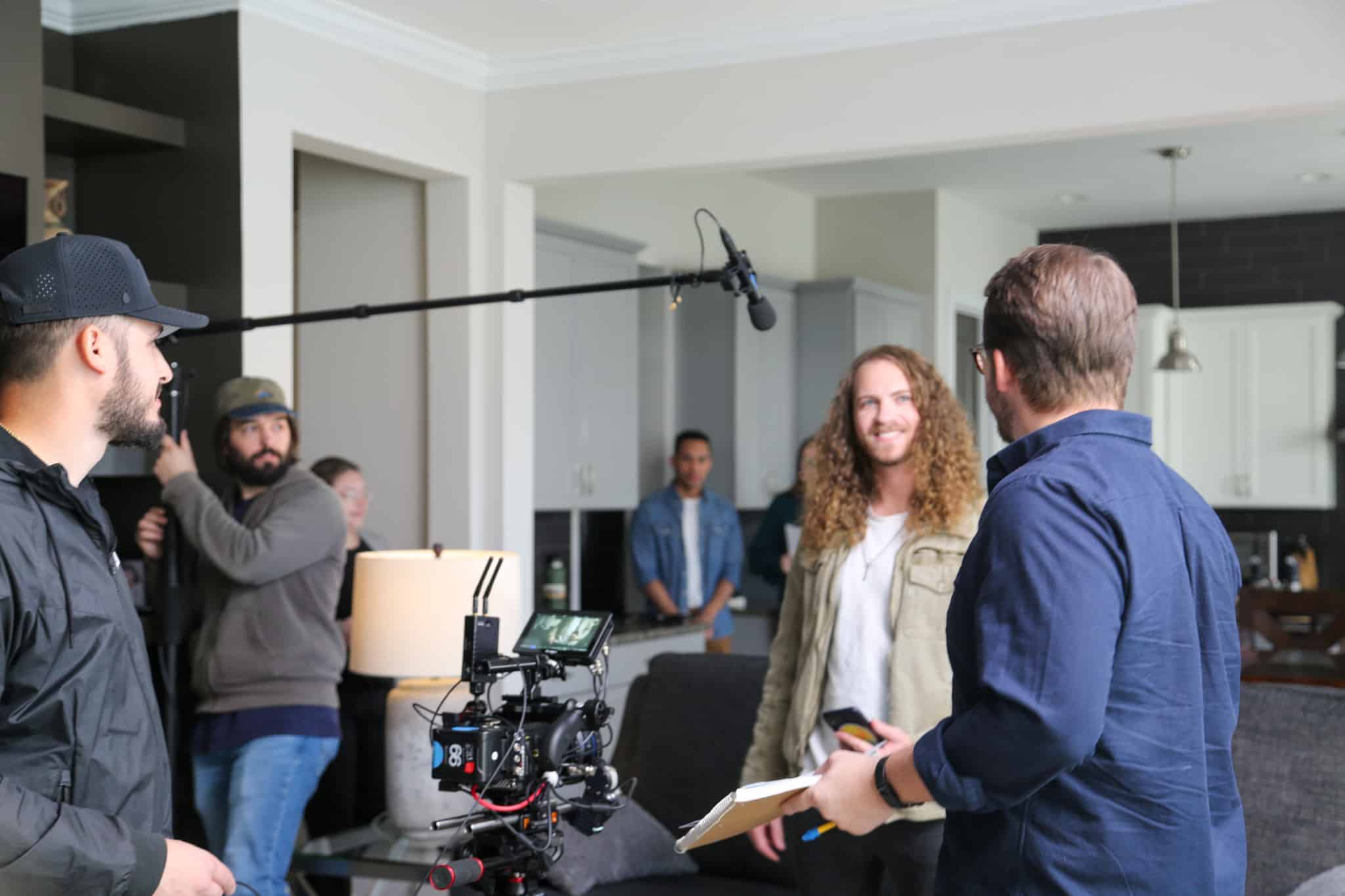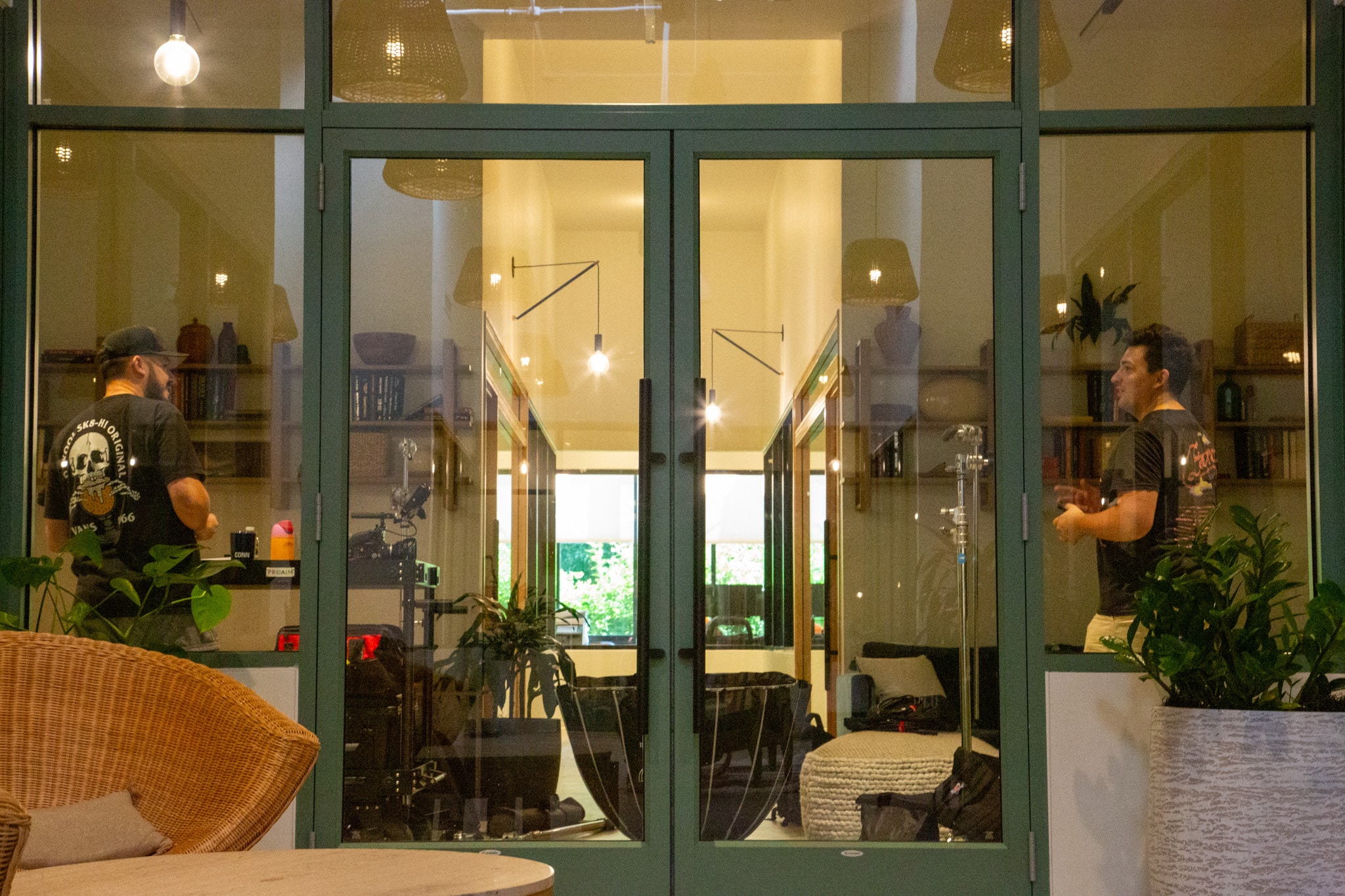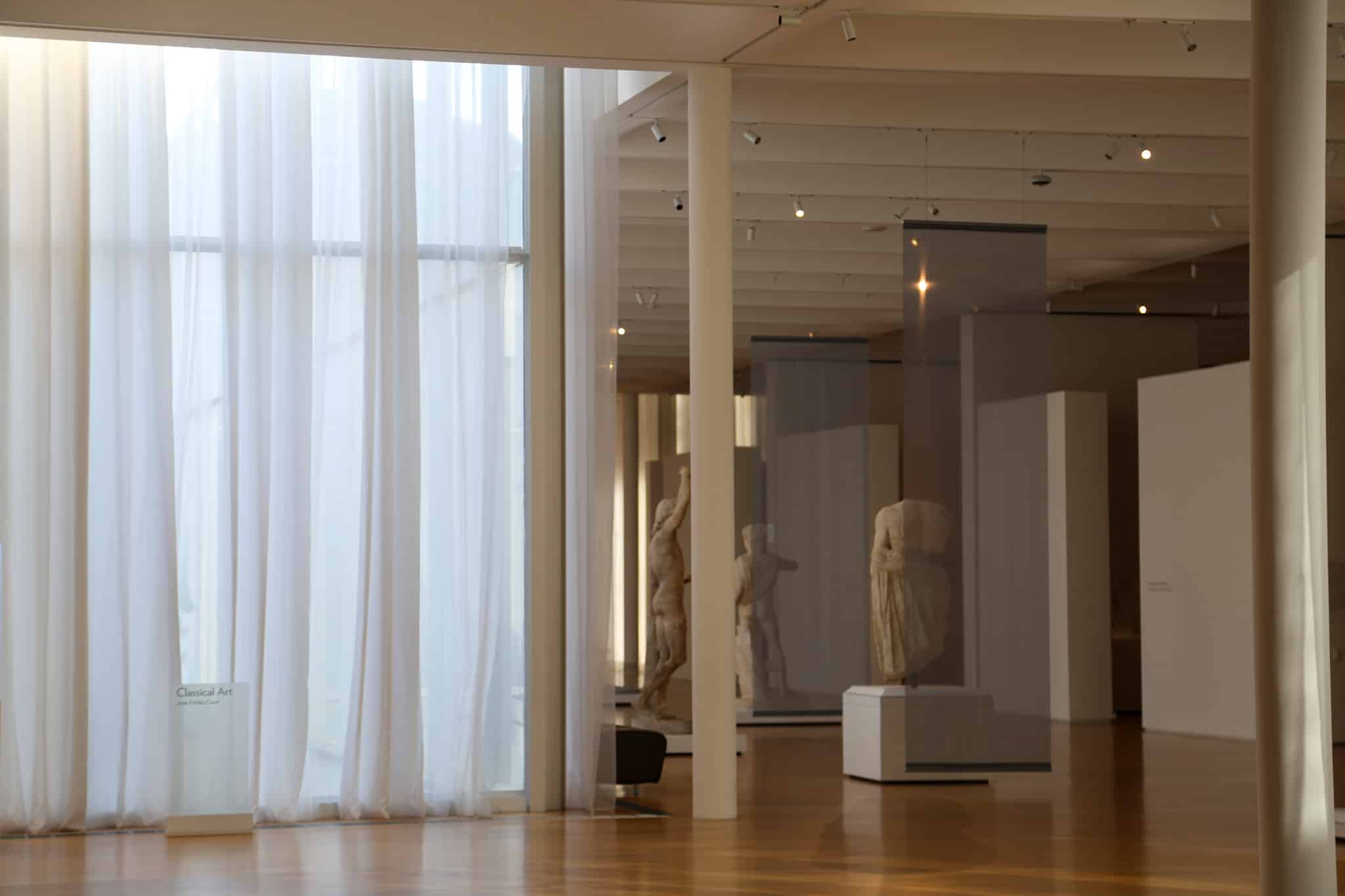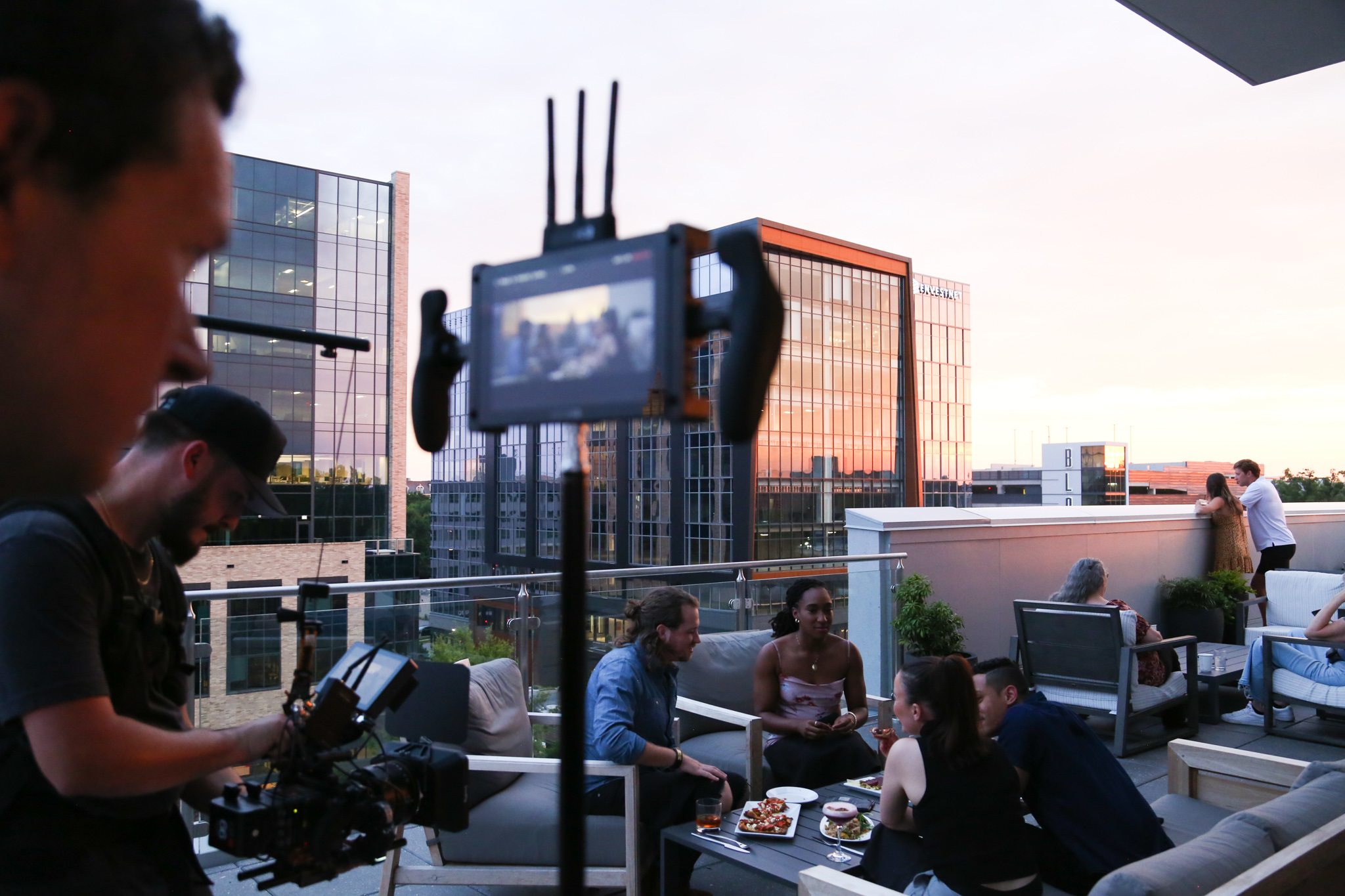Video Production from the Eye of a Director
Location, Location, Location.
Location has a lot to do with the quality of your creative content. It’s much more than a place on a map or a group of strategically placed buildings. It reinforces the emotions, messaging, and authenticity of a video piece. But how do you find the best location?
We asked our awesome director David for some practical tips on scouting locations.
Behold. His wisdom.
THE SEARCH
Even when you’re not looking, you’re looking.
Regardless of whether or not you have a shoot coming up or an immediate need to find a location, you should always be aware of your surroundings and take note of places nearby that could be potential locations in the future.
If you’re simply driving around, traveling, or going a new way to work, keep an eye out for unique spots that you might have overlooked before and let your imagination wander through how you might be able to use it.
Social media can be a great resource as well. Follow towns or local travel destinations for inspiration. Sites like Offline, Visit Raleigh, or VisitNC have great suggestions on beautiful spots.
Pro Tip: Ask the locals! If you are in a new area or location, the best source of information will come directly from the people who live there. They know all the little details and unique spaces that you may overlook if you are just passing through.
THE SPACE
To narrow down a potential area, you should be looking for things like:
Light
Where is the light source?
Is there enough light?
What kind of light is it? ie. natural, artificial
Space
Is there enough space to move equipment?
Is there enough space for the cast and crew to move around freely?
Are you allowing room to capture any spatially dynamic shots that you may need at that location?
Texture
Even if the space has an open floor plan like a warehouse, is there something that makes it stand out? ie. columns, rafters.
What materials are the surroundings made out of? ie. brick, wood
Is there anything that gives it a unique quality or adds contrast?
Pro Tip: You don’t always need a huge space or area to capture the feeling of a scene. You can shoot small pockets and angles that give off the same impression without revealing the entirety of the set. This comes in handy if you have limited space.
THE BOTTOM LINE
Additionally, for the love of all that is good and beautiful in this world… please don’t forget to check for these practical details before moving your actors, crew, and equipment to the location.
It is so important to think about the small details beforehand so that your cast and crew will be accommodated.
Power
Is there a reliable power source?
Do you need power to capture the shots you need?
Think through and discuss with your team the power situation and determine your needs beforehand.
Fun Fact: Sound engineers do not particularly enjoy loud generators.
Parking
It’s important to make sure that there is ample parking at the venue for not only the cast but also the crew.
Restrooms
Restrooms are easy to leave off of the checklist. After all, you don’t need them until you need them.
Permits and Permissions
Typically, here are the types of consent forms you will need to shoot in certain locations:
If its a public park or area, you may need a permit from the town or city.
If it’s a private area, you definitely need permission from the owner.
Locations are so pivotal to capturing the essence of your video, and we hope these practical tips will help you in all your location scouting.
If you have any of your own tips or tricks for finding a great location, or would love to learn some more bits of wisdom, drop us a line at info@amazingstudiosinc.com
